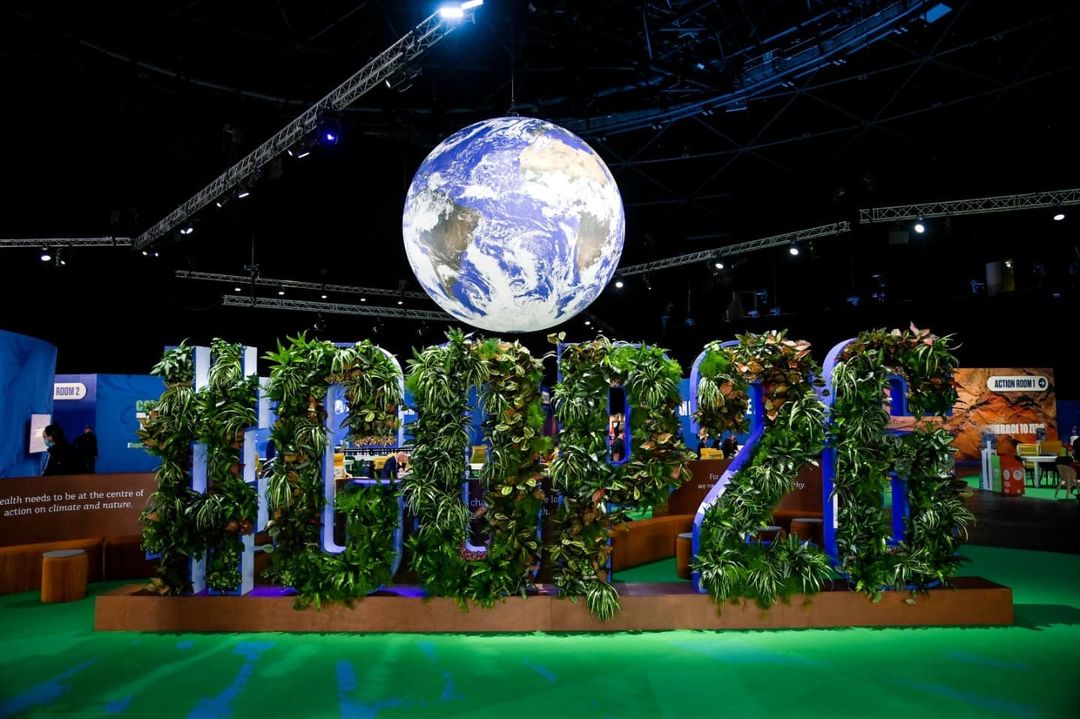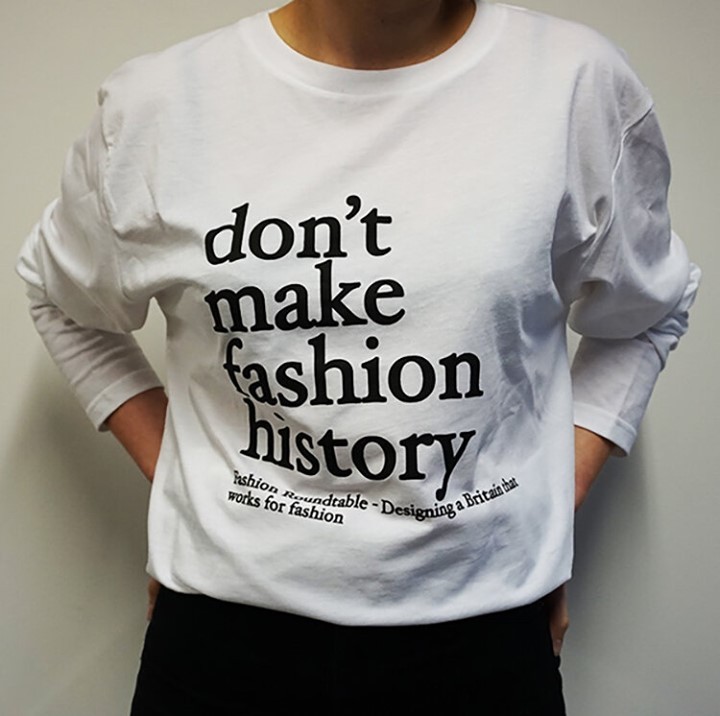
Good news: think tank and policy consultancy, Fashion Roundtable, has listed five ways the fashion industry can reform its business practices to be more sustainable. They laid out the five action items in an open letter, addressing the world leaders at the COP26 Conference in Glasgow. COP26 stands for the Conference of the Parties, which brings governments and policymakers together for the United Nations Framework Convention on Climate Change (UNFCCC). The conference centres around addressing the critical concerns regarding climate change with awareness, solutions, and actions. The Fashion Roundtable used this opportunity to include the fashion industry in the climate change discourse with the backing of eco-conscious companies, like Eco-Age, the Centre for Sustainable Fashion, and The Sustainable Angle.
In their open letter, the Fashion Roundtable notes how “any policy agenda which addresses these issues [regarding sustainability], must look at the fashion industry, which if it was a nation state would rank as the 7th largest economy.” That figure denotes a responsibility to not only the global economy, but also human welfare and the environment. Fashion Roundtable aims to encourage leaders to enact a holistic approach to sustainable policymaking that incorporates those three factors in their five recommendations. We’re going to break down each one to understand what these recommendations look like within the context of the fashion industry.
“1) Collective action to achieve net-zero emissions by no later than 2050.”
This recommendation is meant to be in alignment with the Paris Agreement’s goal to limit the global temperature at 1.5°C. However, the Climate Crisis Advisory Group (CCAG) has noted that we’ll need to achieve this goal by 2030 to follow through on that commitment. In the fashion industry, this goal can be met in various ways, like implementing new manufacturing methods into the production of clothing. A study found that innovations in production, like invisible remanufacturing (using existing material in hidden places on new garments), visible remanufacturing, and design-lead manufacturing (where existing fabrics are creatively used to elevate new products) saves approximately “7,927 kg of CO2 during the production of 10,000 garments.” Not only would this reduce CO2 emissions, but it also tackles issues like saving water and energy, in addition to waste reduction.
“2) Resourcefulness in waste elimination.”
Manufacturing waste comes in many forms, but can break down into physical waste and nonphysical waste. According to the inventory management agency, Unleashed, there are seven types of physical and nonphysical waste: “waste of inventory, waste of transportation, waste of motion, waste of waiting, waste of overproduction, waste of over-processing, and waste of defects.” In the fashion industry, this can look like over-ordering a product and having to dispose of the leftovers (waste of inventory), making too many clothing and accessory pieces (waste of overproduction), and having to dispose of damaged goods (waste of defects). One study shows that 15% of fabric used in apparel production is wasted, and that this issue can be eradicated by slowing down production and improved communication between the designer and manufacturer for the sake of accuracy. Resourcefulness in this scenario also looks like circular clothing production, where unused fabric and fabric from unwanted clothing is reused to create something new.

“3) Increase responsibility by businesses towards their global supply chains.”
An industry as globalized as fashion impacts human welfare and the environment. The lifecycle of one piece of clothing takes place different countries, between the creation of the fabric, the manufacturing of the item, where it is eventually sold, and where it is disposed. With the exchange between so many hands in the process, production elements like where the fibers were sourced or the conditions of workers making the clothing become lost. It’s the duty of companies within this industry to adopt transparent production lines, like blockchain, to track how the clothing they’re selling is made – from start to finish.
“4) Support skills development in education to encourage children to learn the necessary skills to make, repair and reuse their clothes.”
The Fashion Roundtable has reported on the “skill shortage” in the UK’s fashion industry “because of ‘BREXIT talent drain.'” This phenomenon goes beyond the UK, since learning the skills to make, repair, and reuse clothing is critical to implementing a slow fashion paradigm for the public. By teaching children these skills, we can reasonably anticipate an increase of perceived value in apparel and a longer lifecycle for each garment with the upcoming generation. The benefits of this effort include lowering the fashion industry’s environmental impact and an investment in Generation Alpha’s future.

“5) Frame any solutions to the climate emergency around business models which shift the focus from profit and loss to a just transition towards the well-being economy.”
There is no economy without a planet. Implementing solutions into business models is costly at first since it uproots and redirects the flow of production, but tackling climate change makes a business more efficient overall. Not only would companies save money on waste elimination, but studies show that there is a growing consumer base for green products over environmentally harmful ones. In the fashion industry, this looks like adopting slow fashion production methods in place of fast fashion, introducing blockchain networks into the manufacturing process, and reducing the industry’s carbon footprint with innovative production and design techniques.
If you want to get involved in the the Fashion Roundtable’s cause and the sustainability movement at large, then write a letter to your government officials at COP26 using the Fashion Roundtable’s template here.








